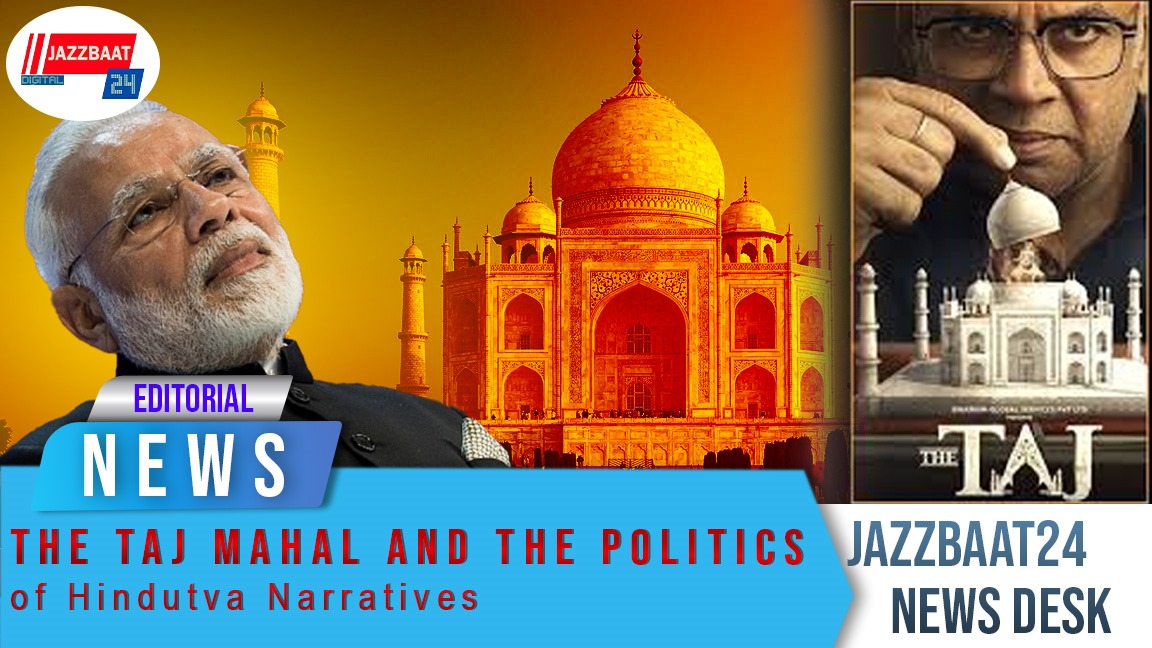A fresh wave of myth-driven cinema is attempting to reshape Indian history, with The Taj Story becoming the latest example. Starring Paresh Rawal, the upcoming film revives the long-discredited claim that the Taj Mahal was once a Hindu temple dedicated to Shiva. This narrative, first popularised by P.N. Oak in the 1960s, has repeatedly been rejected by historians and courts alike, yet continues to find new life amid India’s charged political climate.
Oak’s original theory suggested that the Taj was a converted “Rajput palace,” later modified in his 1989 book to claim it was a Shaiva temple called Tejo Mahalaya. These ideas, lacking credible historical or archaeological proof, have been dismissed by experts who point to clear evidence of the Taj Mahal’s Mughal origin. Detailed Persian records, architectural studies, and the Padshahnama chronicle affirm that Shah Jahan commissioned the monument as a mausoleum for Mumtaz Mahal in the 17th century, built from the ground up by Mughal artisans.
Despite such clarity, pseudo-historical narratives continue to flourish, often promoted by right-wing groups eager to rewrite India’s past through a communal lens. The persistence of these claims, amplified by cinema and social media, reflects a growing attempt to transform cultural pride into political propaganda. The Archaeological Survey of India has also categorically stated that there is no evidence of any temple beneath the Taj Mahal.
Movies like The Taj Story are not isolated acts of creative liberty they are calculated efforts to feed a larger ideological campaign that equates Islamic architecture with cultural “appropriation.” By turning myths into entertainment, they attempt to normalise revisionist history and deepen religious divides.
India’s film industry, once a mirror of its pluralism, now risks becoming a tool of polarisation. The artistic space that once celebrated diversity and shared heritage is being reshaped into an arena of historical distortion. The Taj Mahal, an enduring symbol of love and artistic brilliance, deserves more than to be reduced to a pawn in sectarian storytelling.
When cinema chooses propaganda over truth, it stops reflecting society and starts manipulating it. Such films may claim to reveal hidden “mysteries,” but in truth, they only expose the dangerous fantasies of a politics that thrives on division.
